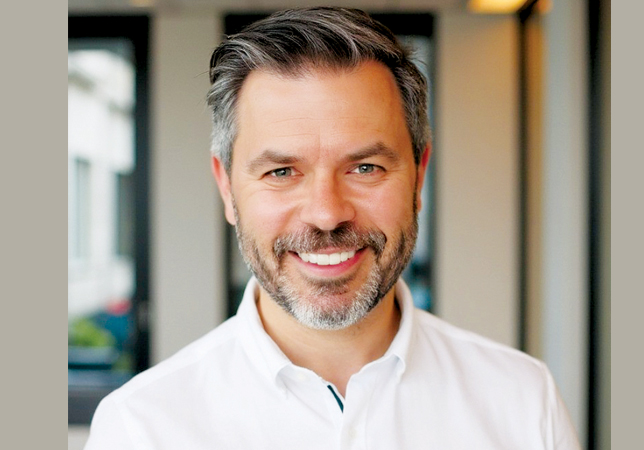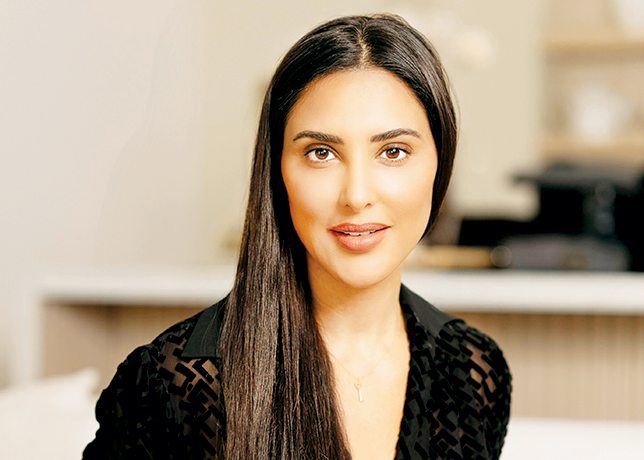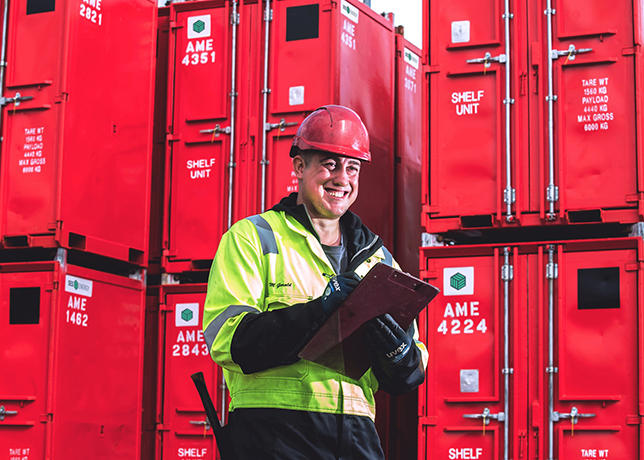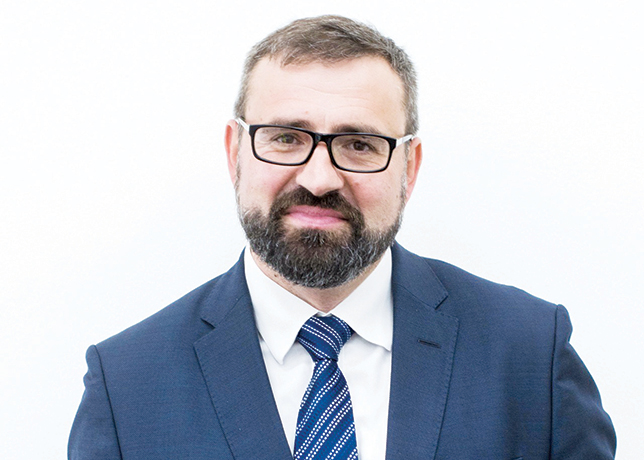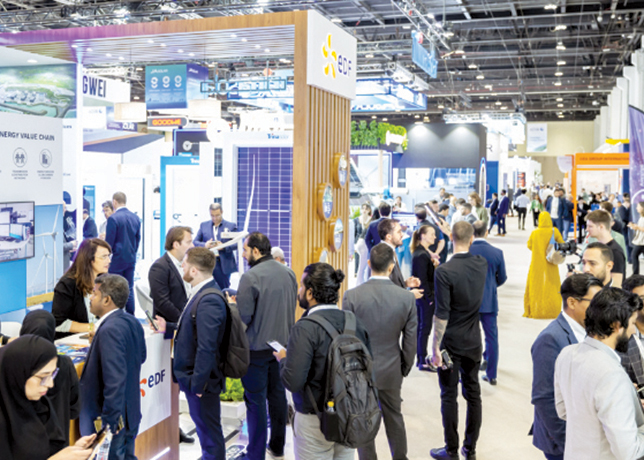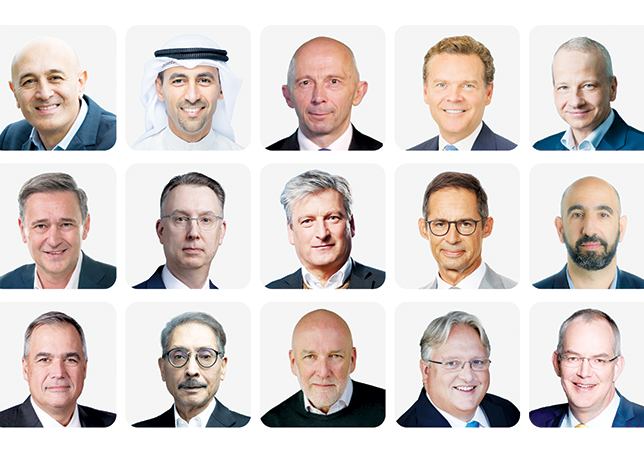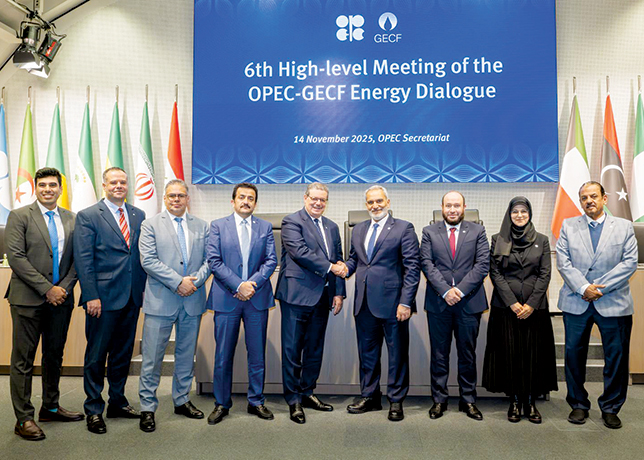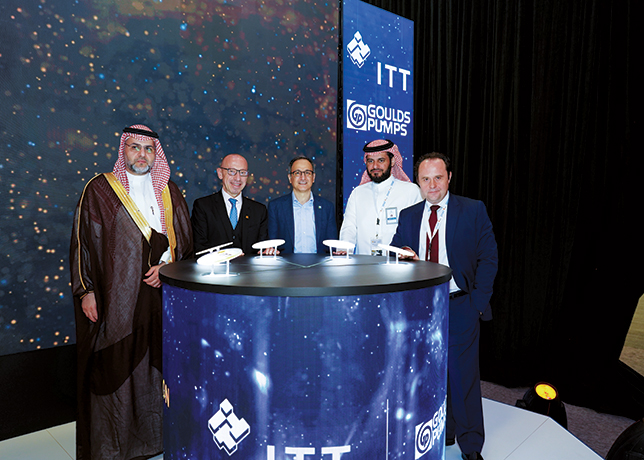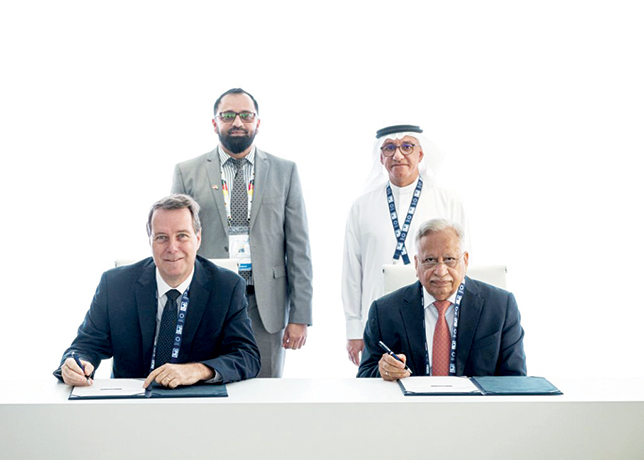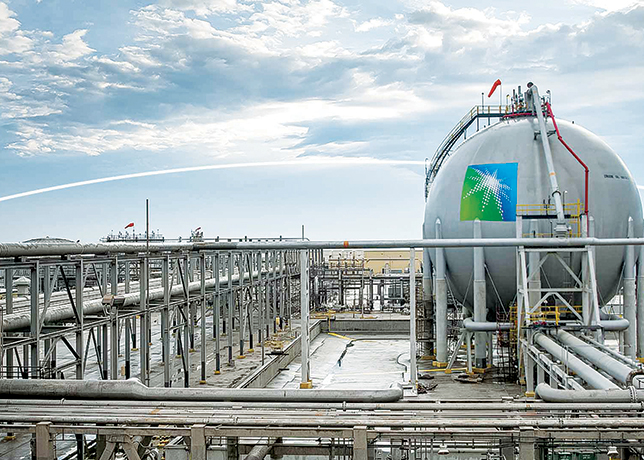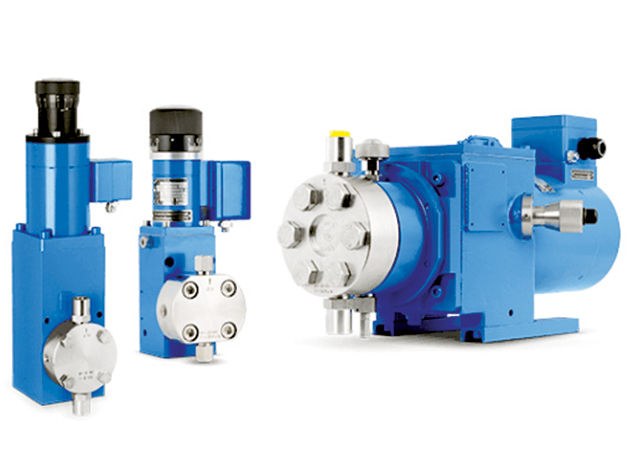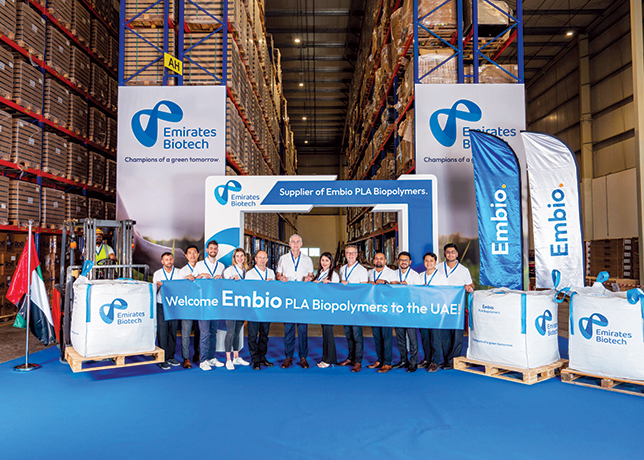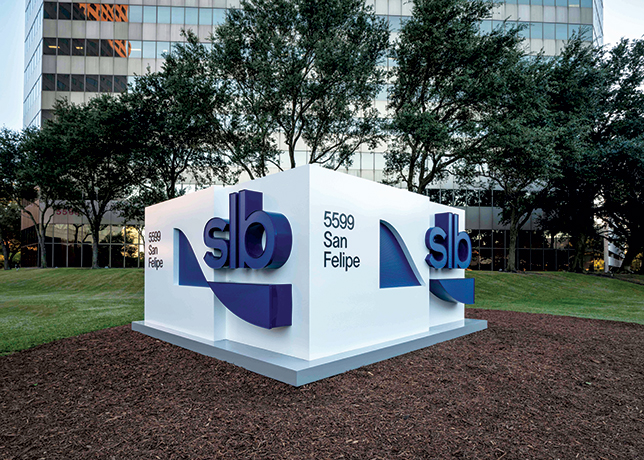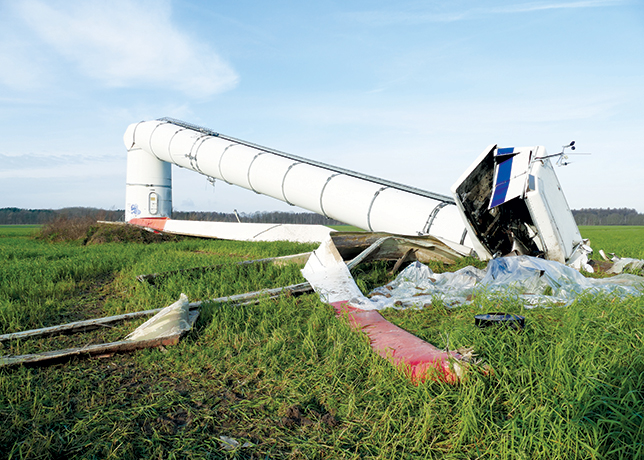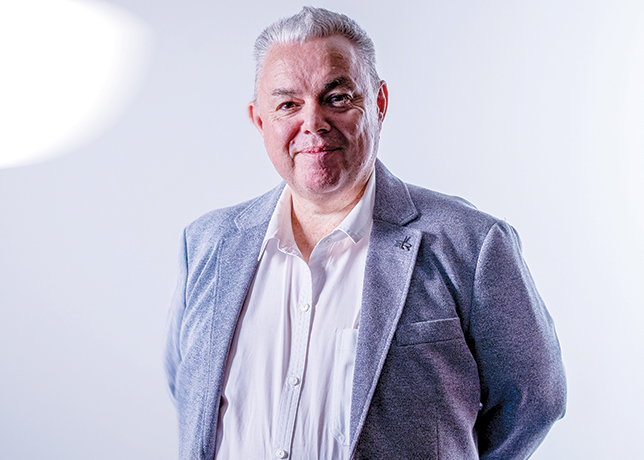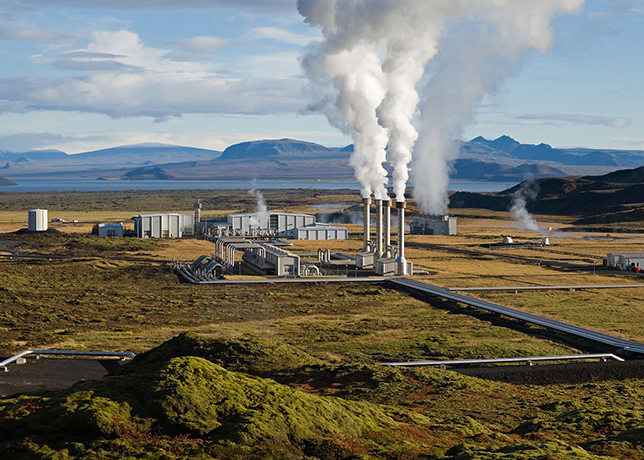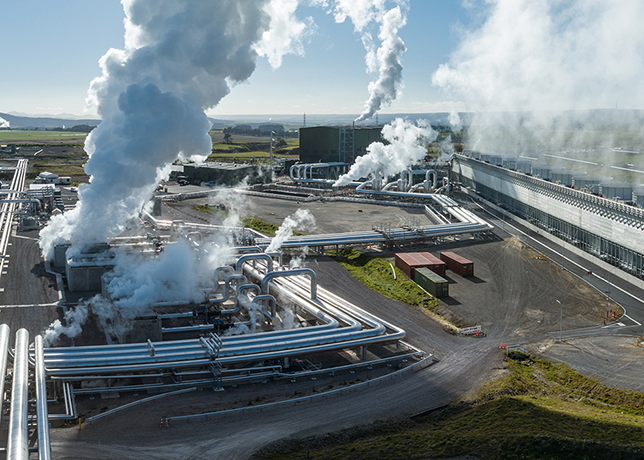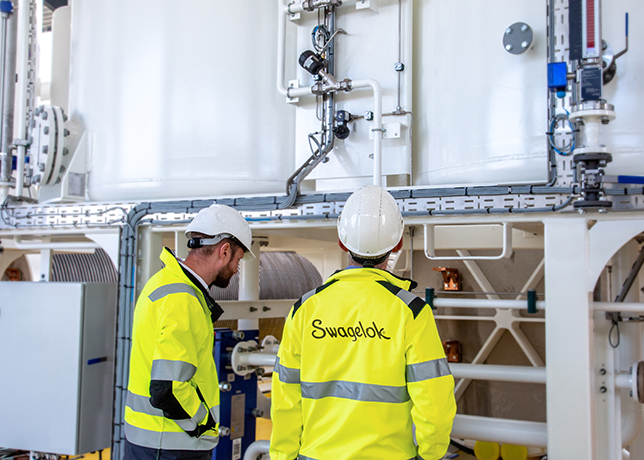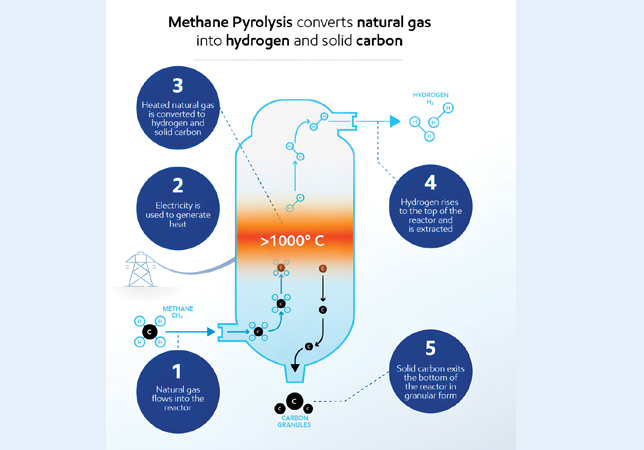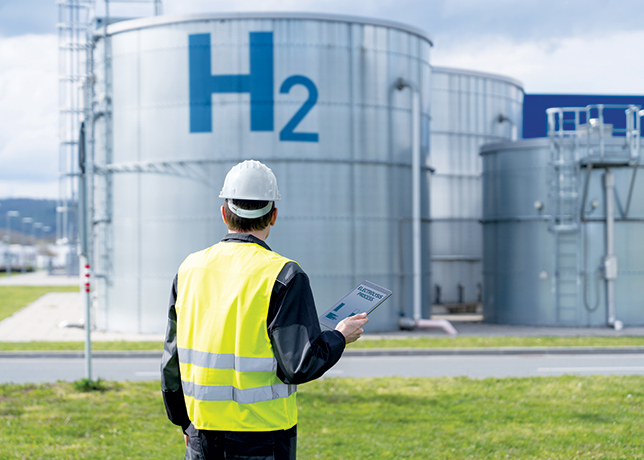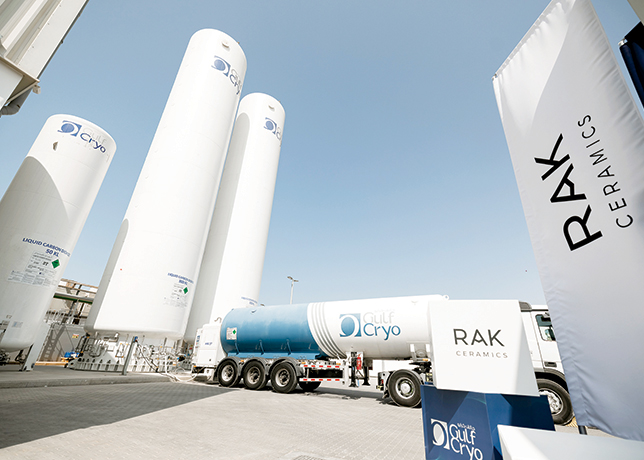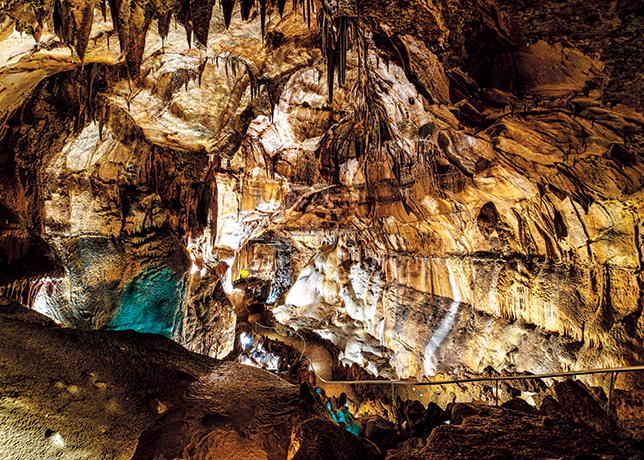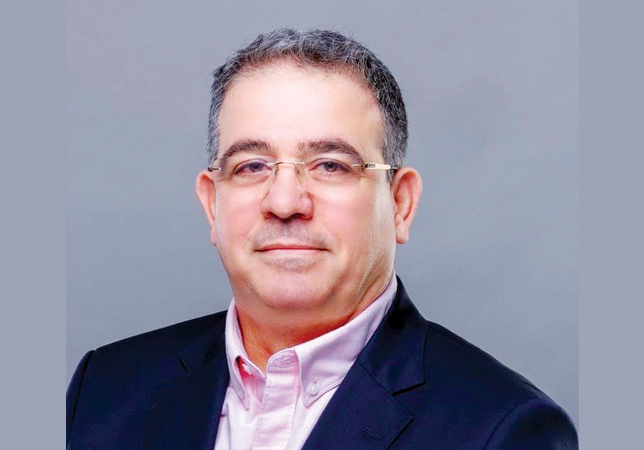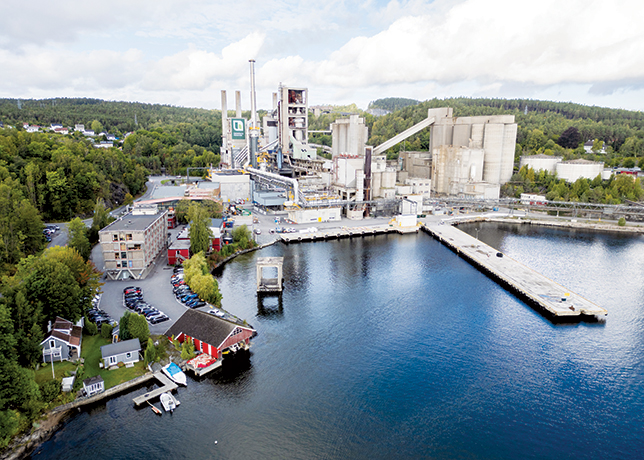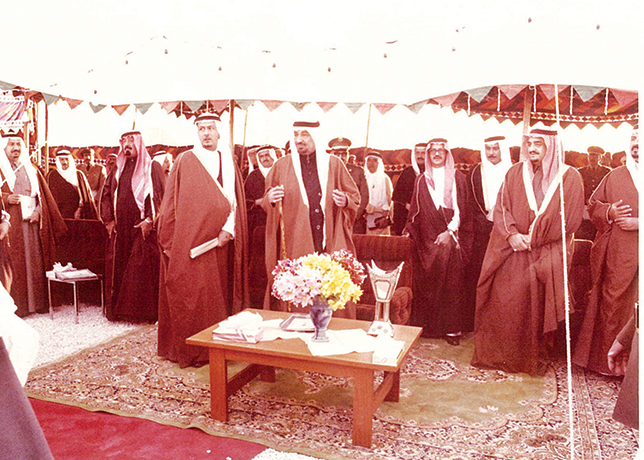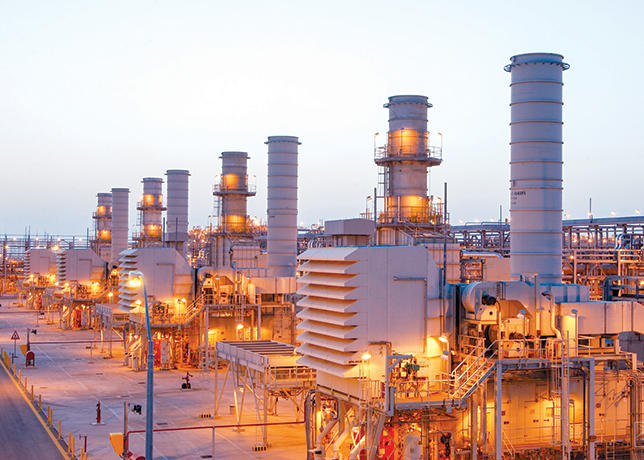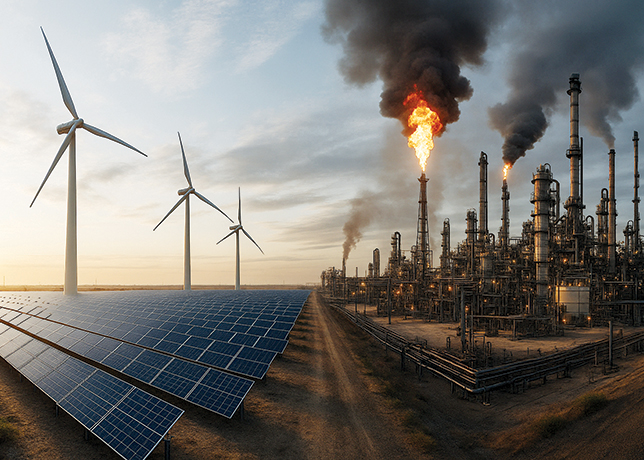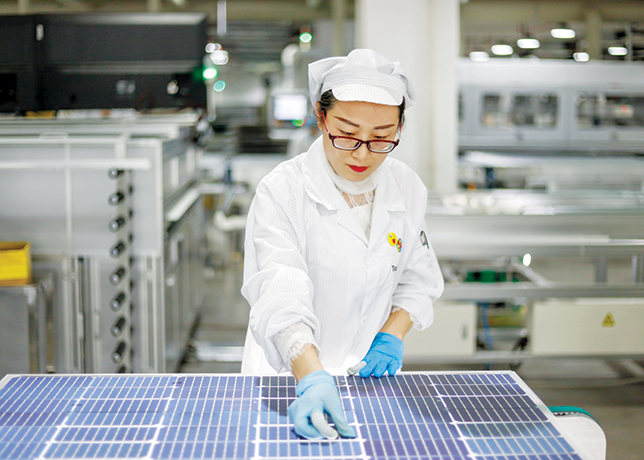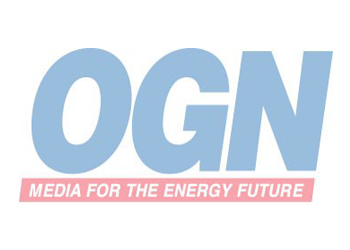

The Saudi Basic Industries Corporation (Sabic) is the largest and most profitable public company in the Middle East.
It was founded in 1976 when the Saudi Arabian government decided to use the hydrocarbon gases released in oil production as raw materials for the production of chemicals, polymers (plastics) and fertilisers.
The Saudi Arabian government owns 70 per cent of Sabic shares with the remaining 30 per cent being held by private investors in Saudi Arabia and other Gulf Cooperation Council (GCC) states.
Sabic is headquartered in Riyadh and has two large industrial sites in Saudi Arabia (Al-Jubail on the Arabian Gulf coast and Yanbu on the Red Sea coast) and two in Europe (Geleen in the Netherlands and Gelsenkirchen in Germany).
Work on a new production site, Yanbu National Petrochemical Company (Yansab), is currently underway. Sabic also has interests in three regional ventures based in Bahrain.
Sabic’s newest affiliate, the Saudi Kayan Company (Saudi Kayan), currently under formation, plans to construct a world scale giant petrochemical complex in Al-Jubail, with an annual capacity exceeding four million tonnes of chemical products. The company will add new specialised products into the Saudi marketplace that will be produced in Saudi Arabia for the first time.
Sabic’s R&T strategy focuses on technology development, technical support to customers and on the improvement of manufacturing processes.
Global presence
Today Sabic is the ninth largest petrochemical company in the world. Sabic products are exported to over 100 countries across the world.
It has 25 international subsidiaries and sales offices and 28 distribution and storage facilities. The company has six research and technology (R&T) centers. Its main center in Riyadh is supported by R&T operations in Al-Jubail, Geleen (The Netherlands), Sugar Land and Little Ferry (The USA) and Vadodara (India).
This geographical spread allows R&T to draw on worldwide expertise and to provide technical support close to its customers.
The company has over 17,000 employees spread all over the world.
Sabic’s current and planned investments to increase production capacity are expected to reach approximately $20 billion in the next two years.
With these expansions, Sabic’s annual production will grow from 43 million metric tons to over 60 million tonnes by 2008. Major expansion projects are underway for the increased production of ethylene, propylene, ethylene glycol, polyethylene, polypropylene, styrene monomer, methanol and urea and steel.
Sabic reported net profits of SR5.4 billion ($1.44 billion) during the 3Q2006.
Sabic’s business structure
The business structure of Sabic consists of six Strategic Business Units (SBUs): Basic Chemicals; Intermediates; Polyolefins; PVC and Polyester, Fertilizers and Metals.
Basic chemicals
Basic Chemicals, Sabic’s largest Strategic Business Unit (SBU), account for around 40 per cent of the company’s total production. Produced from hydrocarbon feedstocks, such as methane, ethane, propane and butane, they are basic to petrochemical production and are essential for the manufacture of industrial and consumer goods.
Most of the Basic Chemicals products are exported worldwide. The SBU comprises three main sections – Olefins, Aromatics and Oxygenates.
Olefins include ethylene, propylene, butadiene and butene-1 product lines, which are mainly used in other Sabic downstream plants.
Oxygenates include methanol, crude industrial ethanol (CIE) and the high-octane gasoline-blending component methyl tertiary butyl ether (MTBE). The Aromatics products are styrene, benzene, pyrolysis gasoline and paraxylene. Paraxylene is used commonly in polyester production.
Intermediates
Sabic’s Intermediates SBU manufactures a variety of products that are critical to the downstream industries. It produces these essential chemical components for its own industrial process, as feedstock for the company’s affiliates, and for export to global markets. The four main product segments of Sabic’s Intermediates SBU are Fibre Intermediates, Industrial Gases, Chemical Intermediates and Linear Alpha Olefins.
Polyolefins
Polyolefins are plastic resins made from the polymerisation of ethylene and propylene into long, high molecular weight chains. Sabic produces two major polyolefin derivatives – polyethylene (PE) and polypropylene (PP) – from ethane, propane and naphtha feedstocks.
The polyethylene product range includes all of the commodity thermo-polymers; linear low density polyethylene (LLDPE), low density polyethylene (LDPE), and high density polyethylene (HDPE).
Polypropylene product range includes random, homo-polymer, copolymer and specialty automotive grades. Polyethylene and polypropylene play key roles in Sabic’s overall thermoplastics business.
Sabic is the world’s third largest producer of polyethylene, and the fourth largest producer of polypropylene. Overall, Sabic is now the world’s fourth largest polymer producer.
PVC and polyester
Sabic’s PVC and Polyester SBU product portfolio includes polyester, melamine, polyvinylchloride (PVC) and polystyrene.
Textile Chips are used in the same applications as fibres. The characteristics of the textile chips enable them for non-woven usage.
Polyester resin is the world’s leading thermoplastic used in carbonated soft drink and mineral water bottles. The clarity of the plastic, similar to glass is a key feature of the resin. Its growth is huge in both the regional and international markets.
Melamine is an organic chemical product manufactured from urea and is used as an essential component in the manufacture of adhesives, laminates, surface coatings and molding compounds.
Polystyrene is a major commodity plastic and is relatively inexpensive, simple to process and has many different properties, depending on how it is produced. Polystyrenes are used in a wide range of applications, from toys and disposable cutlery to insulation and industrial packaging.
PVC is a thermoplastic that is non-flammable, lightweight, strong and extremely durable.
Fertilisers
Sabic Fertiliser Strategic Business Unit (SBU) consists of two sectors – Urea and Ammonia/Phosphates. Its product range includes urea, ammonia, di-ammonium phosphate, compound and liquid fertilisers.
In the urea sector, Sabic has been one of the leading producers and exporters in the world. Sabic has three fertilizer affiliates – Saudi Arabian Fertilizer Company (Safco), Al-Jubail Fertilizer Company (Al-Bayroni) and National Chemical Fertilizer Company (Ibn Al-Baytar).
The combined fertilizer production capacity of these companies is 8 million tones per year (tpy) at present. With the start-up of Safco IV in 2006, Sabic now ranks as the world’s largest producer of urea fertilizer, and the single largest producer of granular urea. It is also the largest granular urea exporter in the world.
Saudi Arabia’s entire urea and ammonia demand is met by Sabic, while it meets 90 per cent of the Kingdom’s total requirement of phosphate fertilizer.
Sabic Europe
Sabic expanded its operations in Europe by acquiring DSM’s Petrochemicals business on July 1, 2002 and established a strong base in the continent.
It is now named as Sabic Europe. It was Sabic’s first major expansion into manufacturing outside the Middle East.
Sabic Europe opened a new head office in Sittard, The Netherlands in September 2006.
Sabic rankings
• Sabic is the largest non-oil company in the Middle East;
• Standard & Poor’s upgraded Sabic’s long-term corporate credit rating to “A+” from “A”. The A+ rating confirms Sabic’s leading position amongst the world’s top petrochemical companies;
• Sabic is the fourth largest producer of polyolefins in the world;
• The third largest producer of polyethylene in the world;
• The sixth largest producer of polypropylene in the world;
• The world’s largest producer and exporter of granular urea;
• Is one of the world’s top producers of olefins;
• Is the second largest producer of ethylene glycol and is on the way to being the number one in the world;
• Is the second largest producer of methanol;
• Is the second largest producer of methyl tertiary butyl ether (MTBE); and
• Sabic R&T complex is the largest in the Middle East.



